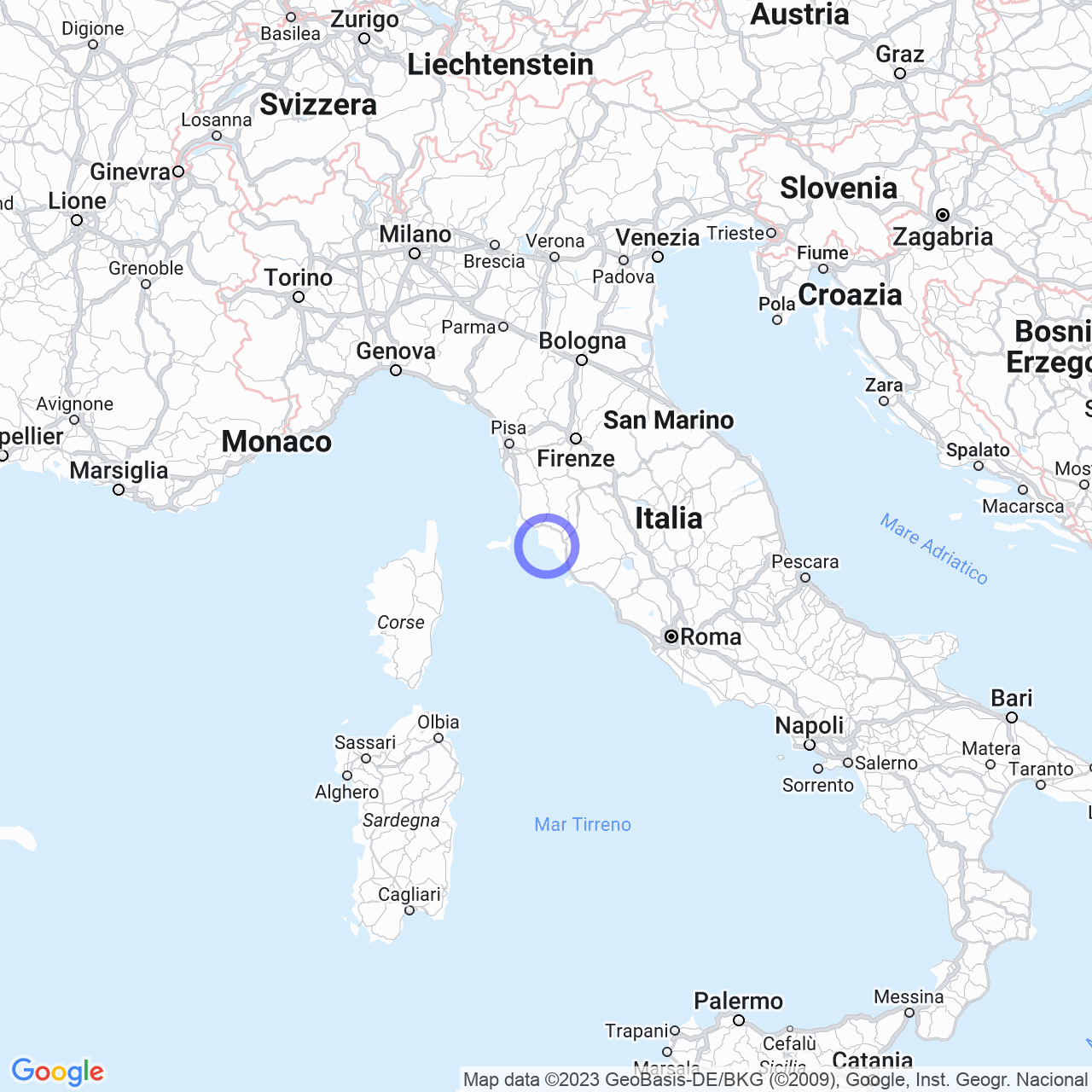Buriano
Greetings to Buriano: history and monuments of the hamlet of Castiglione della Pescaia
Hello everyone! Today I will talk about a hamlet in the municipality of Castiglione della Pescaia, in Tuscany: Buriano. If you are interested in history and monuments, this is the perfect guide for you.
Physical geography
Buriano is located in the northeastern part of the municipal territory, at 184 m above sea level on the southeastern foothills of Poggio Ballone. The view from the surrounding hills of the Maremma is spectacular. This hamlet is immersed in the nature that surrounds it, and is perfect for those who want to discover fascinating but relaxing places.

History
But let's talk about the history of Buriano. Its origins date back to the early Middle Ages, when the village was made up of scattered settlements. The real center was born in the IX century as a feud of the Aldobrandeschi, when the first defensive structures were built, including the Aldobrandeschi Fortress and the church of Sant'Andrea, unfortunately lost. In 973, the Aldobrandeschi gave Buriano to the monks of the Abbey of San Salvatore on Mount Amiata.
Later on, the fortified structures present in the center were strengthened, thanks to the return of the Aldobrandeschi shortly after the 11th century, who later gave the center to the local family of the Lambardi, to whom they were linked. The Lambardi's dominion therefore lasted between the XI century and the first half of the XIV century; the family at times managed to have strong influences also on Castiglione della Pescaia and Vetulonia.
In 1332, Buriano passed under the hegemony of Siena but, a few years later, it was ceded to the Pisans; in 1398, Buriano was conquered by the Appiano di Piombino who incorporated it into their Principality of Piombino. From then on, the village remained uninterruptedly in the Principality of Piombino until 1815, when it was definitively annexed to the Grand Duchy of Tuscany and, since then, followed its fortunes.
Most of the buildings enclosed in the historic center of Buriano date back to the Renaissance period, with the exception of the fortress and the medieval parish church.
Monuments and places of interest
As I anticipated, Buriano is rich in monuments and places of interest. Come with me to discover these treasures.
Religious architectures
The Church of Santa Maria Assunta, the hamlet's parish church, was formerly known as the Pieve of Santa Maria in Arcione. Mentioned already in a privilege of 1051, it passed in the 13th century to the Guglielmites and subsequently to the order of the Augustinian hermits. The current appearance of the building is the result of a rebuilding of 1302 and subsequent renovations. The church has a facade decorated with a Gothic-style portal and above it you can see a radial rose window. Inside there is a painting of the Madonna and Child, attributed to Sandro Botticelli.
The Oratory of San Guglielmo is a small church built in 1703 in the locality of Piano della Fonte, near Buriano. The church is dedicated to the hermit Saint who lived in those places in the XII century.
The Hermitage of San Guglielmo, located in the woods south of the village, was built in 1597 by the Venerable Father Giovanni Nicolucci, in the place where, according to tradition, the Madonna appeared to Saint Guglielmo of Malavalle. The building was first restored in 1758 by the Alberti counts.
The Church of Santa Margherita is a disappeared medieval church.
Finally, the Church of Sant'Andrea, disappeared religious building of medieval origins, whose precise location is still uncertain.
Conclusions
This has been my guide to the village of Buriano, between nature and history. I hope to have inspired you to visit these enchanting places of the Tuscan Maremma. Come and discover the beauty of Buriano, between ancient monuments and breathtaking landscapes. You won't regret it!
